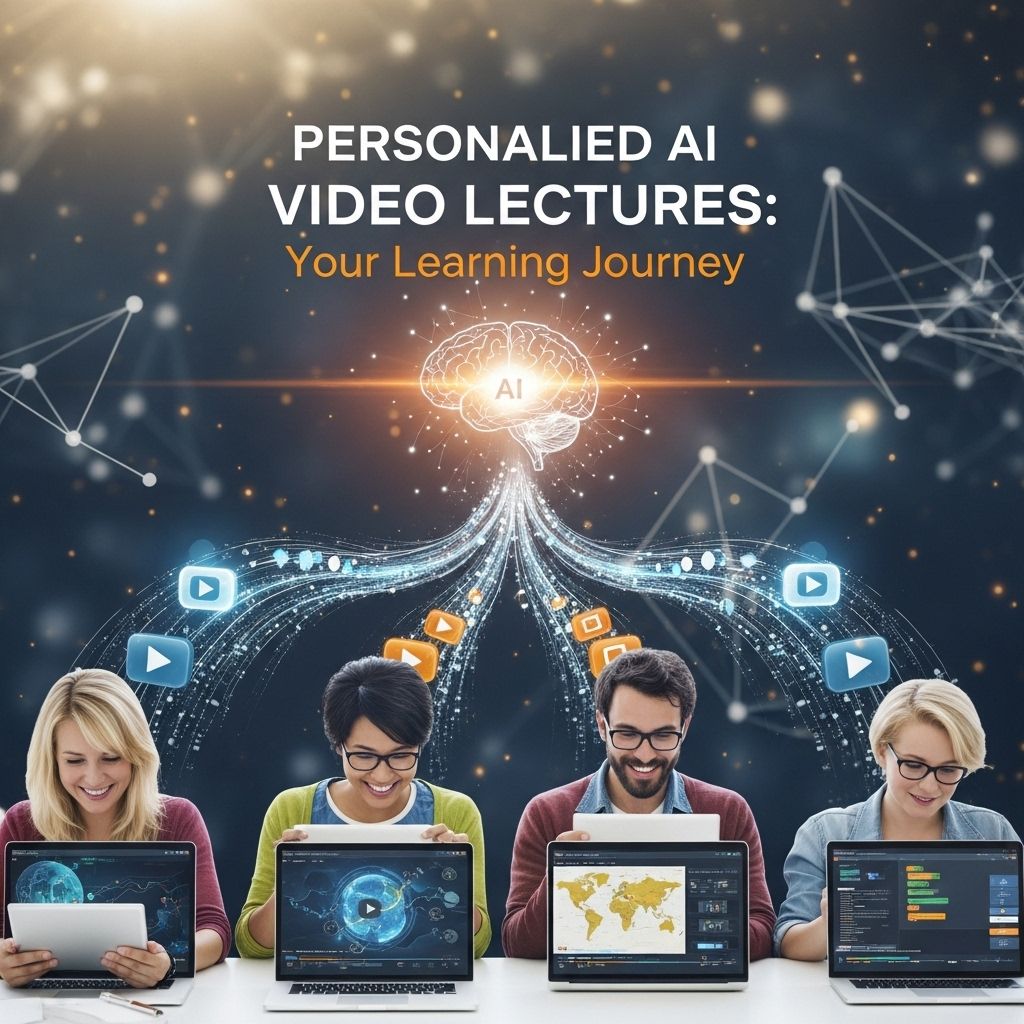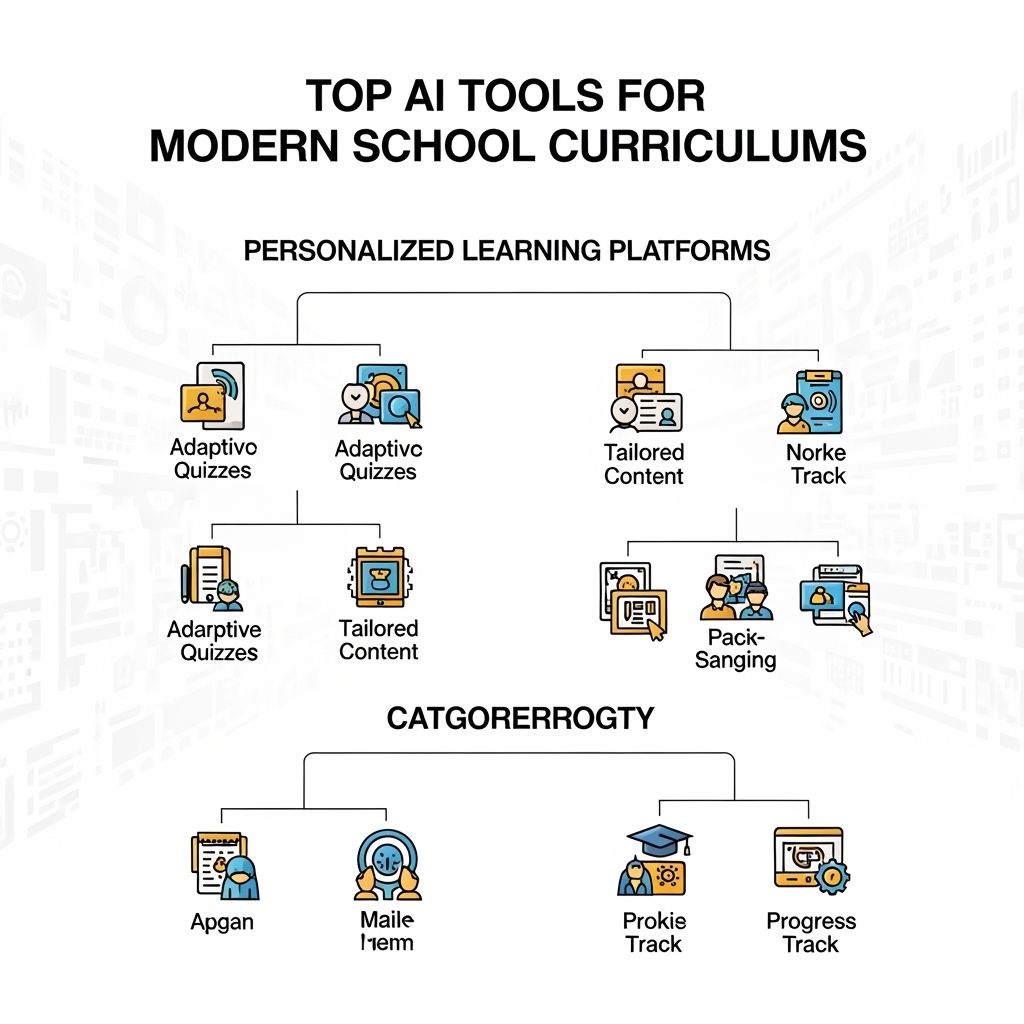Unlock Learning with AI Visual Doubt Solvers
Discover how AI-based visual doubt solvers can enhance learning experiences by providing instant, accurate solutions to students' queries.

As technology continues to evolve, the educational landscape is experiencing a significant transformation, particularly with the integration of artificial intelligence (AI) into learning tools. One of the most remarkable developments in this sector is the advent of AI-based visual doubt solvers. These innovative tools are designed to assist students in overcoming challenges related to complex subject matter, enhancing their understanding and retention of information. By leveraging the power of AI and visual recognition, students can find solutions to their academic queries in real-time, paving the way for a more interactive and engaging learning experience.
Table of Contents
The Role of AI in Education
AI has emerged as a cornerstone in modern educational methodologies. Institutions across the globe are adopting AI technologies to personalize learning experiences, automate administrative tasks, and provide real-time assistance to students. The predominant roles of AI in education include:
- Personalized Learning: AI algorithms analyze students’ learning patterns and adapt curriculums to fit individual needs.
- Assessment and Analytics: AI tools can assess student performance through data analytics, identifying areas of strength and weakness.
- Resource Accessibility: AI facilitates access to vast resources, enabling students to find information quickly.
- Interactive Learning: AI-based tools create interactive interfaces that engage students in a more dynamic learning process.
Understanding Visual Doubt Solvers
Visual doubt solvers utilize computer vision and machine learning technologies to process and understand the visual input provided by students. These applications can analyze images of textbooks, handwritten problems, or diagrams to deliver immediate solutions and explanations. Here’s how they typically work:
1. Image Capture
The first step in using a visual doubt solver is to capture an image of the problem or question. This can be done using a smartphone camera or a scanner.
2. Image Processing
Once the image is captured, the AI system processes it using optical character recognition (OCR) to identify text and visual elements. This stage is crucial as it determines the clarity and accuracy of the information extracted.
3. Problem Analysis
After processing the image, the AI analyzes the question. It utilizes a database of algorithms and solutions relevant to various subjects, from mathematics to science.
4. Solution Generation
The system generates a solution, including steps for problem-solving and detailed explanations to enhance the learner’s understanding.
5. Feedback and Improvement
Users can provide feedback on the responses, allowing the AI to learn and improve its future performance continuously.
Benefits of Using AI-Based Visual Doubt Solvers
The integration of visual doubt solvers into educational practices offers a myriad of benefits:
- Enhanced Learning Efficiency: Students can resolve doubts instantaneously, reducing time spent on frustrating problem-solving processes.
- Improved Understanding: The step-by-step explanations promote a deeper comprehension of the subject matter.
- Accessibility: Visual doubt solvers make academic assistance available to students at any time, transcending geographical and time limitations.
- Encouragement of Self-learning: With instant access to solutions, students are more likely to engage in independent study and exploration.
Applications Across Subjects
AI-based visual doubt solvers are versatile and can be applied across various subjects. Here’s a breakdown of how they function in different academic areas:
| Subject | Application | Examples of Usage |
|---|---|---|
| Mathematics | Solving equations and providing step-by-step solutions | Algebraic equations, geometric problems |
| Science | Analyzing diagrams and equations | Chemical reactions, physics diagrams |
| Engineering | Understanding designs and calculations | Circuits, structural analysis |
| Language Arts | Grammar and language usage correction | Essay writing, proofreading |
Challenges and Considerations
While the advantages of AI-based visual doubt solvers are substantial, there are challenges and considerations to keep in mind:
1. Accuracy of Solutions
AI systems are only as good as the data they are trained on. If a visual doubt solver has limited data or is poorly programmed, it may generate incorrect or incomplete solutions.
2. Dependency on Technology
Over-reliance on these tools may hinder the development of critical thinking and problem-solving skills among students.
3. Privacy Concerns
Students may be hesitant to use these applications due to concerns about data privacy and the handling of personal information.
The Future of AI Visual Doubt Solvers
As technology continues to advance, the future of AI-based visual doubt solvers looks promising. Improvements in machine learning and natural language processing will enhance the capabilities of these tools, making them more responsive and accurate. Additionally, the potential for integrating augmented reality (AR) and virtual reality (VR) into these applications could revolutionize how students interact with their learning materials.
Getting Started with Visual Doubt Solvers
If you’re interested in incorporating AI-based visual doubt solvers into your study routine, here are steps to get started:
- Research and select a reliable visual doubt solver application.
- Familiarize yourself with its features and capabilities.
- Practice using the app with various subjects to understand its strengths and weaknesses.
- Provide feedback to improve the AI system and your own learning experience.
Conclusion
AI-based visual doubt solvers represent a significant leap forward in educational technology. By providing instant, accurate solutions and promoting an interactive learning process, these tools are unlocking new possibilities for students. As we continue to explore the integration of AI in education, we can expect a future where learning becomes more efficient, engaging, and accessible for all.
FAQ
What are AI-based visual doubt solvers?
AI-based visual doubt solvers are advanced technologies that utilize artificial intelligence to analyze and interpret visual content, helping users to resolve educational queries by providing instant solutions based on images or diagrams.
How do AI visual doubt solvers enhance learning?
These tools enhance learning by offering immediate assistance, visual explanations, and interactive feedback, allowing students to grasp complex concepts more effectively and quickly.
Can AI doubt solvers be used for all subjects?
Yes, AI doubt solvers can be applied across various subjects, including mathematics, science, and engineering, as they can interpret and analyze visual data relevant to each discipline.
Are AI-based visual doubt solvers suitable for all age groups?
Absolutely! AI-based visual doubt solvers are designed to cater to a wide range of users, from primary school students to university scholars, making learning accessible for everyone.
What technologies power AI visual doubt solvers?
These solvers typically utilize machine learning, computer vision, and natural language processing technologies to accurately interpret visual data and provide relevant answers.
How can I get started with using an AI visual doubt solver?
To get started, simply select an AI-based visual doubt solver application, upload your visual query, and receive instant solutions and explanations to enhance your learning experience.








